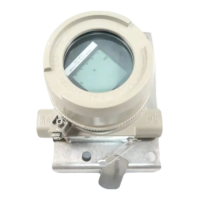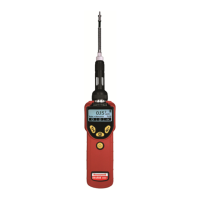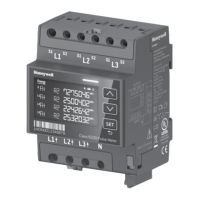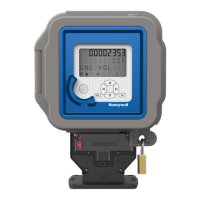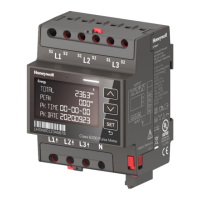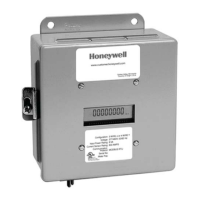73022344 o
Step
StepStep
Step
Action:
Action: Action:
Action: Testing the electrical supply
Testing the electrical supplyTesting the electrical supply
Testing the electrical supply
1. Check all switchgear and fuses and replace any defective parts.
2.
Check that the cable connection between the device and the electrical supply is
OK (no interruptions in the wiring). Ensure that a low-resistance electrical
contact is established. Reconnect the cores if necessary.
3.
Check that voltage is being supplied to the inlet point and that the voltage is not
impaired or reduced by overload, insulation errors or defective components.
Remove or replace these parts if necessary. Measure the idling voltage (without
connections). Replace or repair the electrical supply if it is defective.
4.
Measure the idling voltage (without connections).
Replace or repair the electrical supply if it is defective.
5.
Check that the connection between the device and the equipotential bonding
system is OK (no interruptions in the wiring). Ensure that a low-resistance
electrical contact is established. Reconnect the earthing cable if necessary.
(6.)
Only with authorization and in compliance with explosion-protection
procedures!
Measure the incoming idling voltage on the supply cable at the device.
To do so, switch off the electrical supply and disconnect the supply cable plug
from the PCB. Switch on the electrical supply again and measure the voltage in
the plug. If there is no voltage or if it is significantly lower than the idling voltage,
replace the cable after disconnecting it from the power supply.
7.
If the problem has not been rectified after completing steps 1 – 5 (6), the error is
inside the device. Please contact your TAC to check the internal fuse. The
housing must be opened to replace it and this should only be done by service
personnel or appropriately trained personnel for safety reasons.
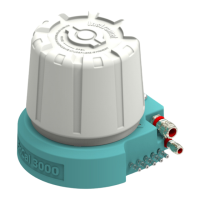
